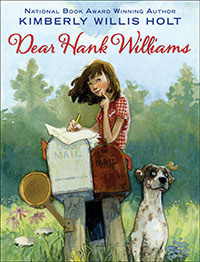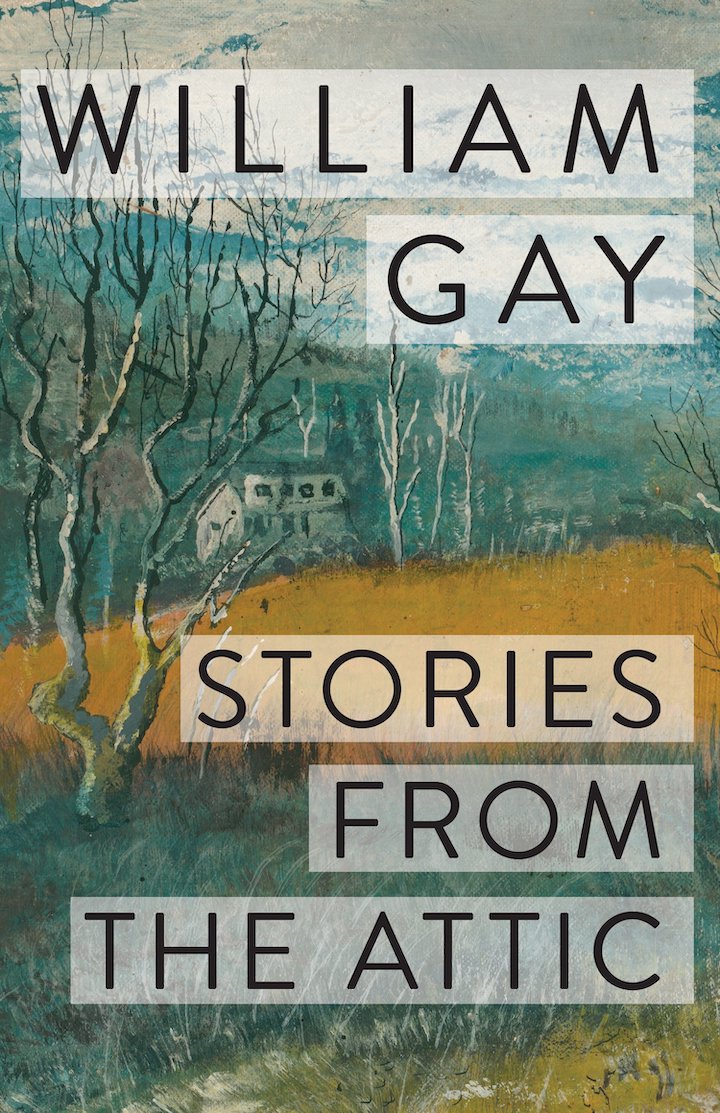Something Curious to Write About
A revealing one-sided correspondence is at the heart of Dear Hank Williams by Kimberly Willis Holt
Kimberly Willis Holt won the 1999 National Book Award for When Zachary Beaver Came to Town. In her new middle-grade novel, Dear Hank Williams, Tate has created another appealing character in eleven-year-old Tate P. Ellerbee. Tate, who follows a long line of feisty Southern-girl heroines from Scout Finch through India Opal Buloni and Dovey Coe, lives in fictional Rippling Creek, Louisiana. At the beginning of the school year, her teacher announces that all students will write to pen pals so they can “see [their] own world through fresh eyes.” Tate instantly chooses to write to Hank Williams, a rising star whose music she has heard on country radio.
 These letters make up the text of Dear Hank Williams, which takes place during the 1948-49 school year. Tate seems unperturbed that her idol never writes back, and she thanks him politely for the two autographed photographs that adult readers will realize must have come from a publicist. In fact, it is his silence that makes Hank Williams the ideal audience for Tate, who can confide in the singer without worrying that he will either lecture her or betray a secret.
These letters make up the text of Dear Hank Williams, which takes place during the 1948-49 school year. Tate seems unperturbed that her idol never writes back, and she thanks him politely for the two autographed photographs that adult readers will realize must have come from a publicist. In fact, it is his silence that makes Hank Williams the ideal audience for Tate, who can confide in the singer without worrying that he will either lecture her or betray a secret.
And Tate does have secrets. She lives across the street from the cemetery with her Aunt Patty Cake and her feckless Uncle Jolly. Her little brother, nicknamed Frog, “is the biggest eight-year-old pest in Rapides Parish.” Their mother, Tate says, is a beauty who has left home temporarily to star in a film, and their father is a world-traveling photographer. Adult readers are likely to be skeptical of these claims, and Tate does ultimately reveal the less glamorous truth about her parents.
 She reveals a great deal, in fact, in her letters to Hank Williams, including a rivalry with Verbia Calhoon. (Once we learn that Verbia has “perfect golden curls and big blue eyes” who wears “pretty dresses and shoes,” we know she’ll be Tate’s nemesis; it would be refreshing in a children’s book to see a pretty girl with nice clothes who isn’t mean.) We know that Tate loves to sing but that no one thinks she has a very good voice. She tries to hide her loneliness, but it comes through in her longing for a dog and in her reliance on the adults in her family for companionship.
She reveals a great deal, in fact, in her letters to Hank Williams, including a rivalry with Verbia Calhoon. (Once we learn that Verbia has “perfect golden curls and big blue eyes” who wears “pretty dresses and shoes,” we know she’ll be Tate’s nemesis; it would be refreshing in a children’s book to see a pretty girl with nice clothes who isn’t mean.) We know that Tate loves to sing but that no one thinks she has a very good voice. She tries to hide her loneliness, but it comes through in her longing for a dog and in her reliance on the adults in her family for companionship.
The epistolary format is a good one for giving information without the dreaded “info dump” that young and old readers alike tend to shy away from. Tate can explain things to Hank, who knows nothing about her or Rippling Creek. Her lively descriptions paint a vivid portrait of the time and place without bogging down the action of the story.
Young readers will find much to relate to despite the story’s being set almost seventy years ago. The strong anti-Japanese and anti-Communist prejudice felt by many of the story’s characters resonate today in anti-Muslim sentiments and other forms of prejudice. Many readers have experienced and will understand Tate’s love for the relatives who are raising her while she still misses and longs for her parents.
A twist at the end of the story is deftly set up, with clues scattered throughout the book that make sense in retrospect without giving anything away ahead of time. Adult readers will find this twist a familiar one, but for the intended audience it will add a dimension both to the plot and to Tate’s character. In the end, Dear Hank Williams is a gentle story, but it is emotionally powerful. Readers will not quickly forget Tate P. Ellerbee.

Tracy Barrett is a writer who lives in Nashville. Her tenth novel, a young-adult retelling of Cinderella entitled The Stepsister’s Tale, was published in 2014 by Harlequin TEEN.


